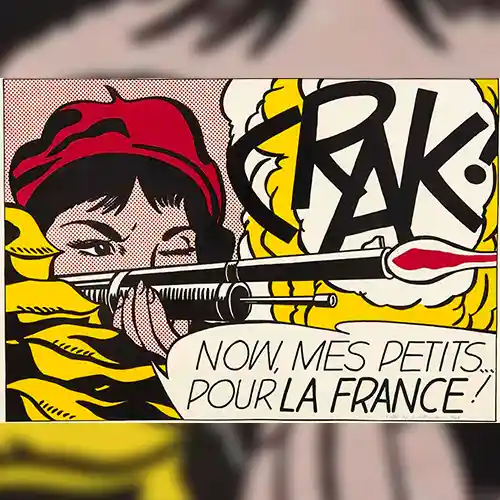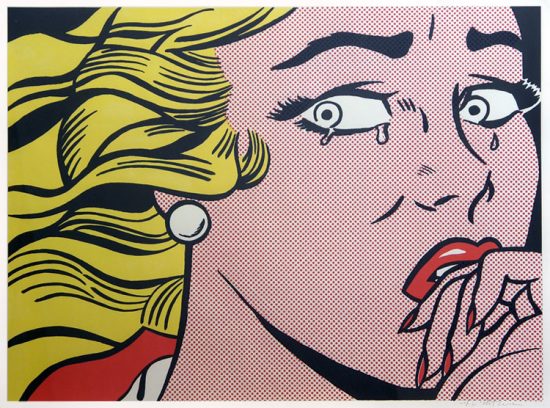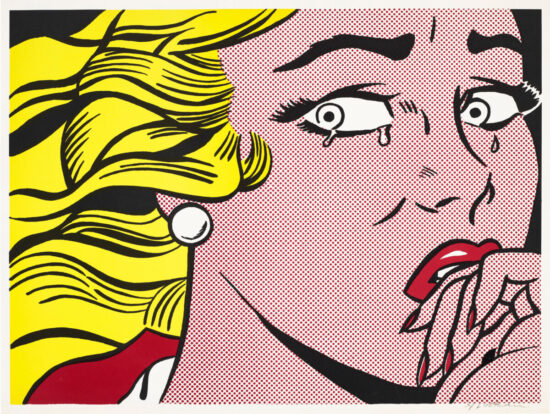
Often referred to as the "father of Pop Art," American artist Roy Lichtenstein was known for his distinctive style and iconic works. Born on October 27, 1923, in New York City, Lichtenstein played a pivotal role in redefining the boundaries of contemporary art in the 1960s. His bold, graphic style and incorporation of commercial imagery made him one of the most recognizable and influential artists of his time.
Lichtenstein's artistic journey began in the late 1950s when he moved away from abstract expressionism and started experimenting with subject matter derived from popular culture, such as comic books, advertisements, and mass-produced consumer goods. He drew inspiration from the visual language of mass media, employing techniques such as Ben-Day dots, bold lines, and flat areas of primary colors to mimic the mechanical process of printing.
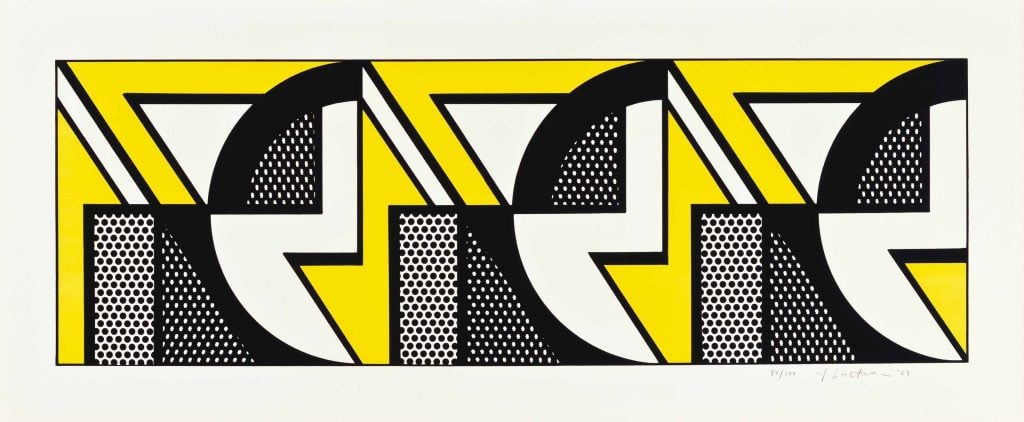
One of Lichtenstein's most iconic series is his comic book paintings. By enlarging and isolating fragments of comic book panels, he transformed the mass-produced images into high art. Lichtenstein's meticulous rendering of the dots, lines, and patterns found in the original comics, combined with his signature use of primary colors, created a visual language that simultaneously celebrated and critiqued the mass media culture.
Among his most famous works is "Whaam!" (1963), a large-scale diptych inspired by a DC Comics panel. The painting depicts a fighter jet shooting down an enemy plane, and its dynamic composition and vibrant colors capture the intensity and drama of the comic book narrative. "Whaam!" exemplifies Lichtenstein's ability to transform popular imagery into a powerful artistic statement while raising questions about the relationship between art and popular culture.
Another well-known series by Lichtenstein is his "Brushstroke" paintings. In these works, he cleverly deconstructed and reimagined the gestural brushstrokes associated with abstract expressionism. By incorporating the brushstroke motif into his signature comic book-inspired style, Lichtenstein blurred the boundaries between high and low art, challenging traditional notions of artistic authenticity and originality.
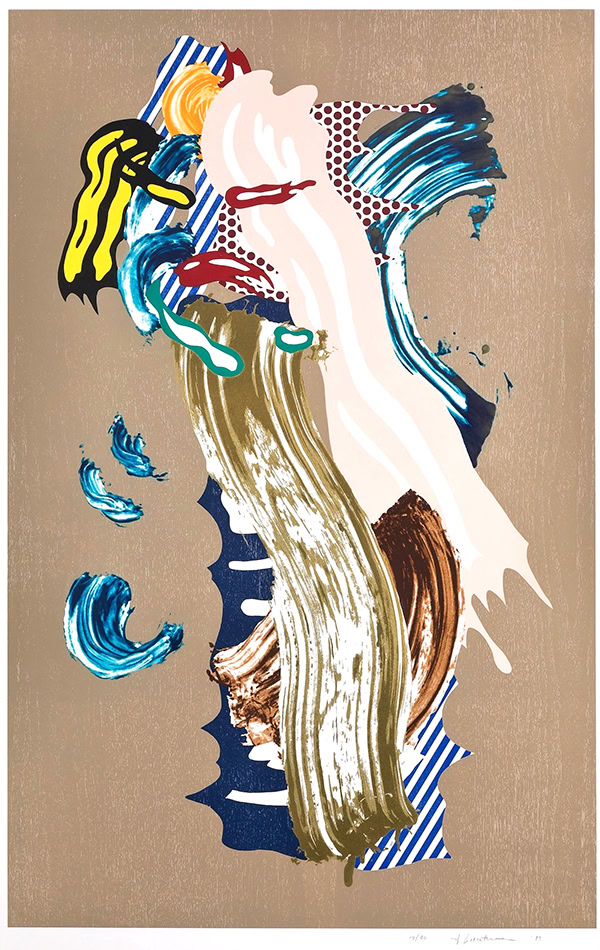
Lichtenstein's exploration of popular culture extended beyond comic books. He also drew inspiration from advertisements, everyday objects, and art history itself. His "Still Life" series, created in the early 1970s, featured meticulously rendered still lifes of commonplace objects, such as fruit, vases, and mirrors. By elevating these banal subjects to the realm of high art, Lichtenstein drew attention to the aesthetic value inherent in everyday life and challenged the notion of what could be considered worthy of artistic representation.
In addition to his paintings, Lichtenstein also produced sculptures, prints, and murals, further expanding his artistic practice. His works have been widely exhibited in major museums and galleries around the world and continue to be highly sought after by collectors.
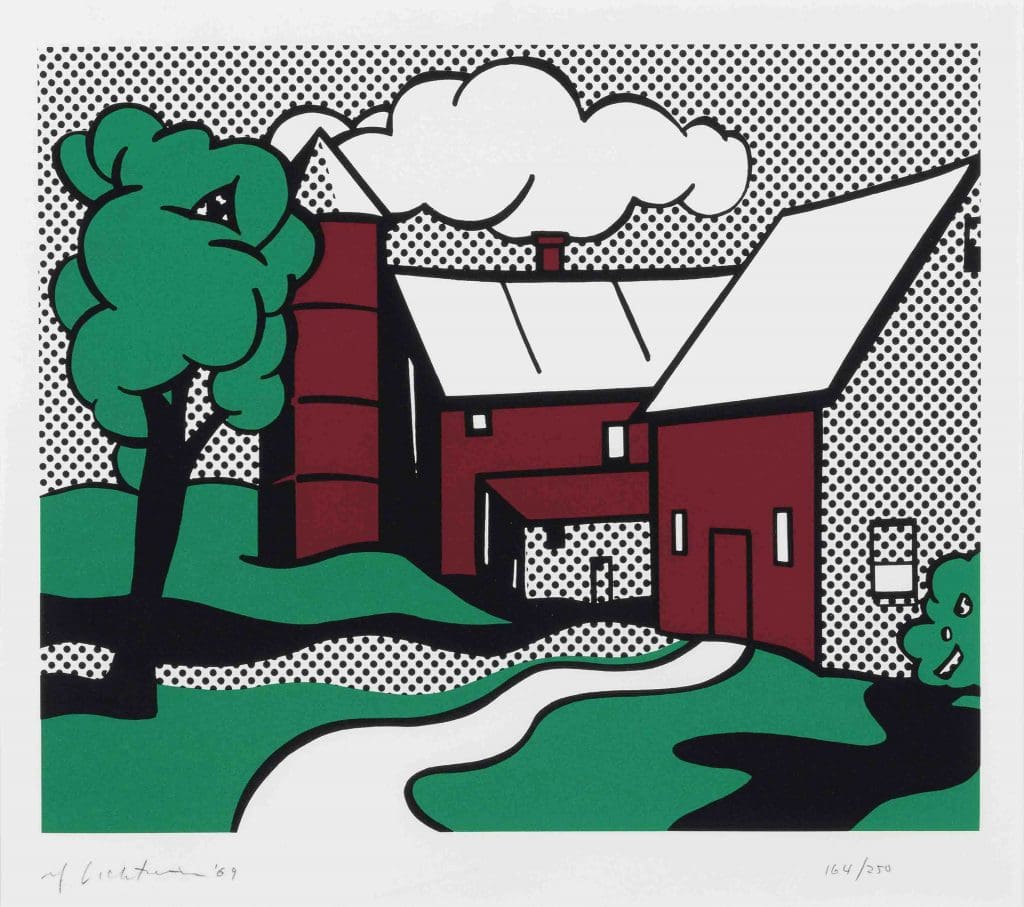
Lichtenstein's impact on the art world cannot be overstated. His pioneering exploration of popular culture and his appropriation of commercial imagery paved the way for subsequent generations of artists. His style, characterized by bold lines, vivid colors, and meticulous reproduction of commercial techniques, continues to be instantly recognizable and influential.
Furthermore, Lichtenstein's art challenged the prevailing notions of what constituted "serious" art. By embracing popular culture and integrating it into the realm of fine art, he democratized the art world and broadened its scope. Lichtenstein's work highlighted the power of images in shaping contemporary society and provided a critical commentary on the commodification of culture.
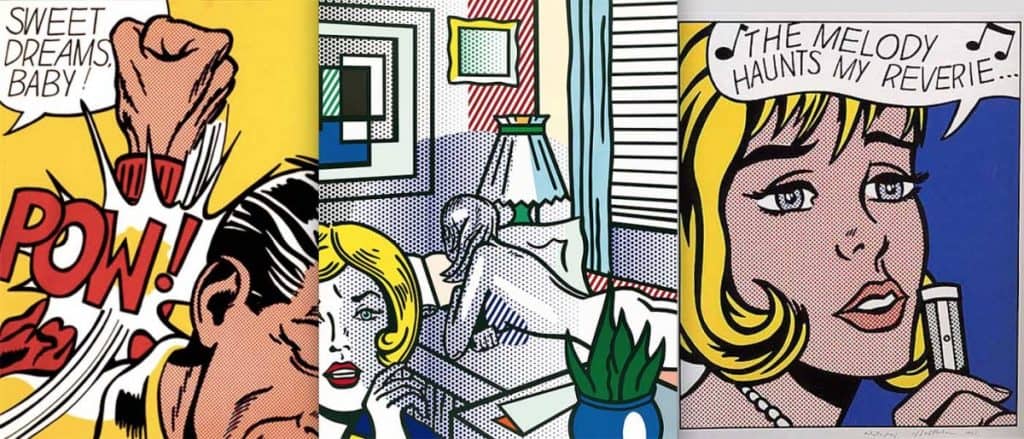
Read more about Roy Lichtenstein's art style.

